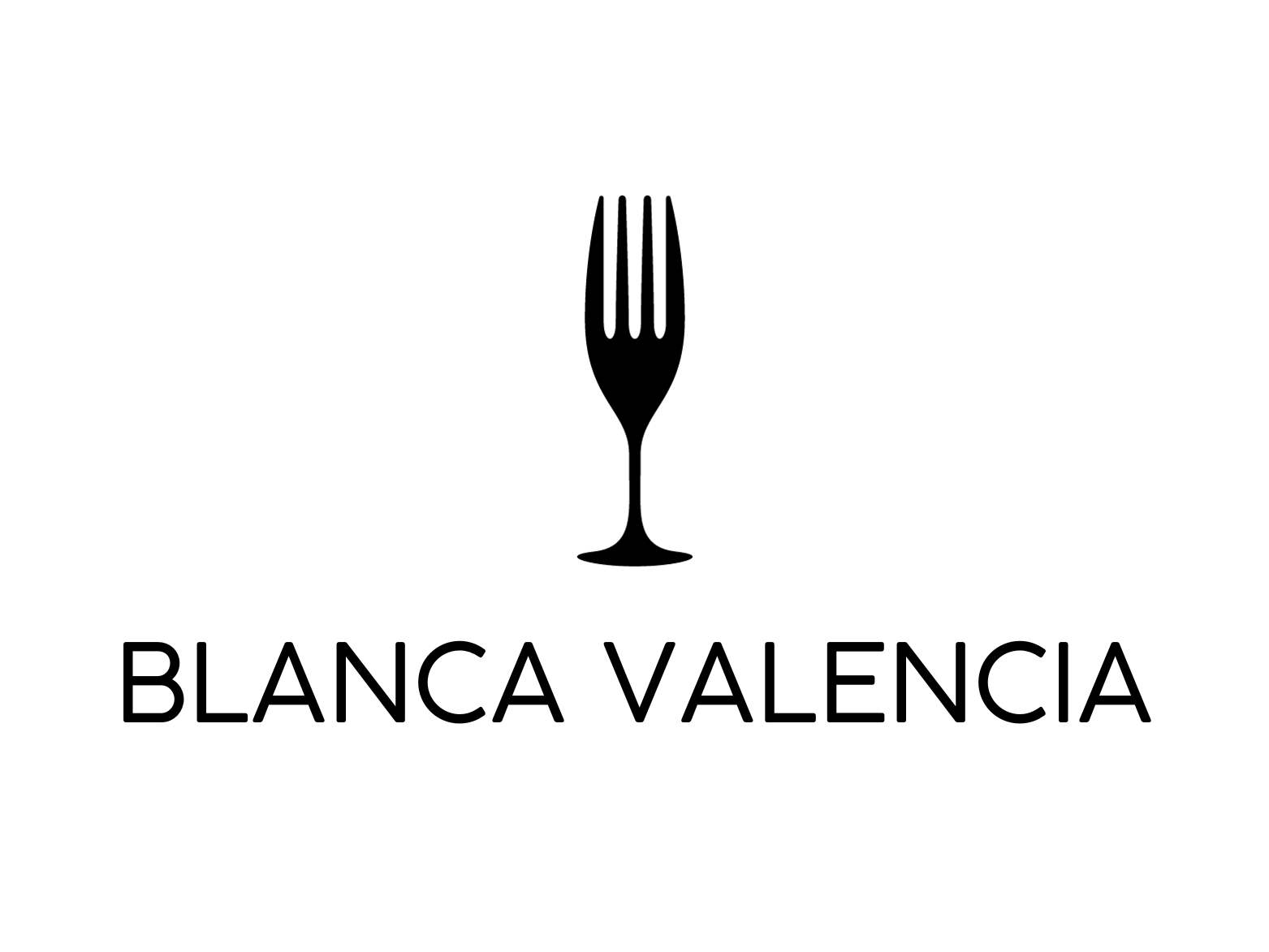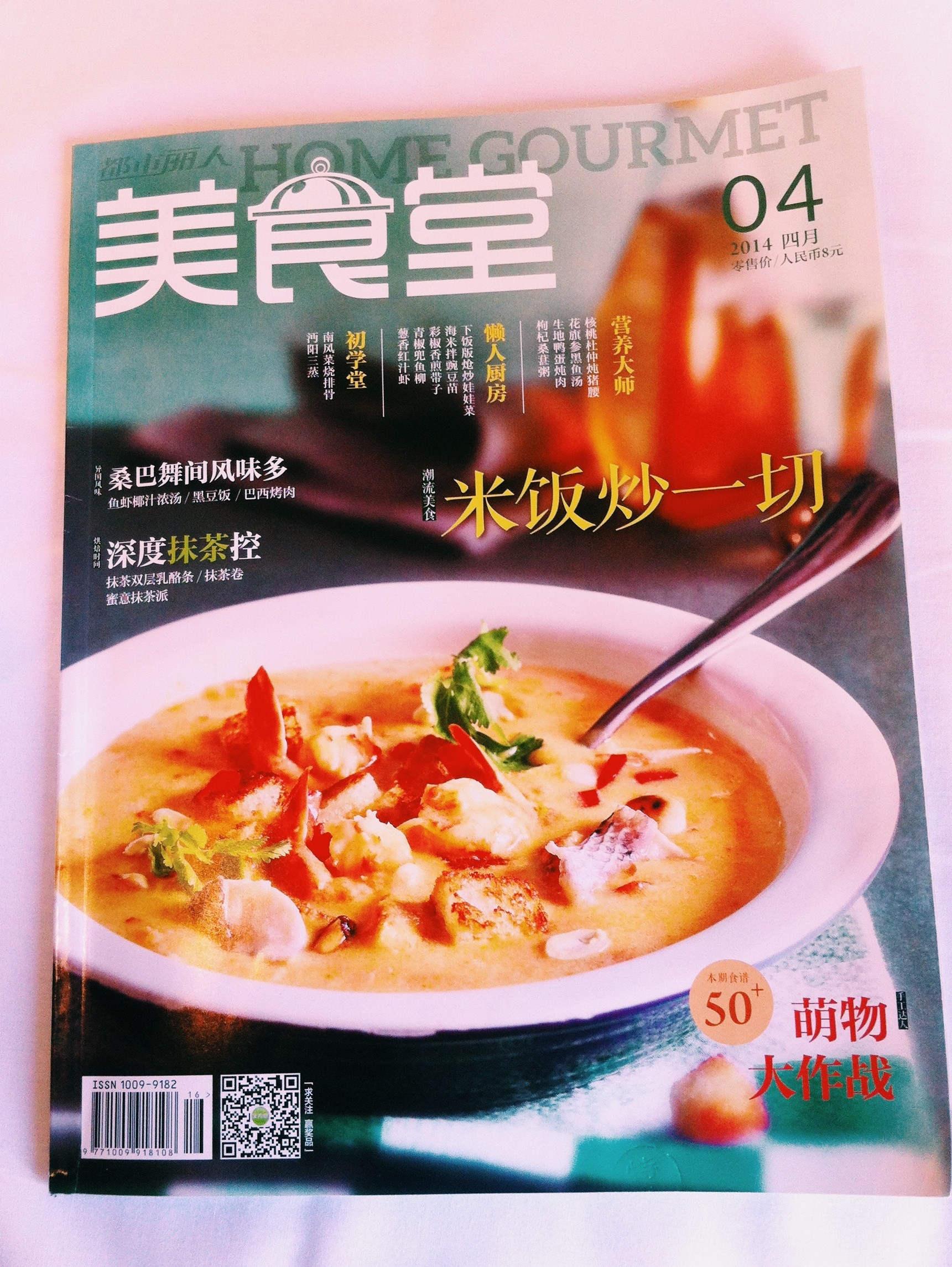Most foodies I know include trips to supermarkets, markets and food stores into their itineraries when travelling overseas. I also make it a habit to buy cookbooks and food magazines even if I don’t understand the language. I wanted to find a magazine to compare to some of the magazines one would find in Spain, France or the USA. Food magazines don’t reflect what people really cook but what they aspire to cook and this insight can be at times fascinating.
The newspaper stand on Youhao Square had several to choose from. There was one magazine dedicated to Schezuanese food and several others dedicated to food and travel. I chose a home cooking one that had on the cover a dish resembling a Thai curry dish or a Brazilian moqueca. In a second-tier city like Dalian, cooking food like this is really wishful due to the lack of ingredients. The magazine is called “Home Delicious Food” and it is published in Shanghai.
The pictures and food-styling are skillful and the dishes all look truly delicious, except the silkworm pupae (more on that later). The recipes of which there are over 50 are varied. These are more less these articles:
- section on Brazil
- a children’s section
- an article about Holland
- a section on baking with matcha green tea
- rice stir fries
- quick recipes
- health section using ginseng, goji berries
- a section on cooking silkworm pupae
- pressure cooking recipes
- a small decorating section that features an apartment in monochrome colors
- a section on potatoes (I thought Chinese people thought potatoes are lowly food?)
- a decoration section and a craft section very much like Martha Stewart would have
What struck me the most about the magazine was that the majority of the recipes are for 1 or 2 people . The children’s recipes are also for one as if “little emperors”, term used to describe Chinese children who get excessive attention from parents and grandparents as a result of China’s one-child policy, don’t dine twice on the same food? (I will be posting a blog about Chinese Children’s cookbooks later on in the week so I might have more answers then)
Do Chinese people not like leftovers? Or invite friends over? Or batch-cook and freeze? What is going on here? Does their legendary thirst for the freshest food really go that far? Why go through all the effort of cooking all these lovely meals for one to eat in a single sitting? What about the “four-two-one” family structure, where families are really 4 grandparents, a couple and a child?
Yes, yes I know food magazines have a huge element of fantasy and help feed our food related delusions of grandeur but I am not so sure about the Chinese. I need to investigate more. Pressure cookers seem to be very popular in China. Normally in the West pressure cooking and freezing go hand in hand. For example, make a concentrated tomato sauce freeze half, books recommend. Even though supermarkets have shelves lined with different pressure cooker models it has been hard to understand how they are used at home but I can imagine it is mostly for stews. Unfortunately no Western published Chinese cookbook has recipes and there are no pressure cooker books solely devoted to China (or slow-cooker ones for that matter). There seems to be preference for wok shaped pressure cooker, although the capacity is half or even a third of a Western one. I did buy a Chinese pressure cooker cookbook that I am also on the process of deciphering.
The silkworm pupae article is intriguing. Obviously silkworms are fairly common fare. They sell them at all the markets and supermarkets. After a little research I found that silkworm pupae is considered high quality protein with high levels of essential amino acids. Some studies show that you can get 100% of all your vitamins from eating 100 grs. of caterpillars or similar insects. My teacher Erica who is from Dalian says she only eats skewers of silkworm pupae at barbeques a couple of times a year. Now I have some recipes to try.
The ads also ignite the fantasy of a world full of Western brands of the young rich Chinese. There’s ads for rice cookers, chicken stock, Fissler pans (their prices in China are double their prices in the USA), Breville (who can afford all these “imported” appliances?), European meat, Whirlpool, California dairy products, Supor (a Chinese brand that has a very strong presence in supermarkets and appliance stores) and Thermos .
It seems this magazine is really aimed at young and very affluent urbanites and not thrifty housewives.
The cost of the magazine is 8 yuan or $1.50.



4 replies on “Deciphering a Chinese Food Magazine”
Um. Silk pupae? Sounds revolting. Of course, I am regularly eating from the Tofurkey line of products, so who am I to judge? Interesting post!
I still have not had Silk Pupae. The other the day they were at the fishmongers.
It’s an interesting article, but I would rather get magazines for thrifty housewives with more achievable recipes. Those magazines seem a way to be “cool” and maybe to know a little bit of what it’s going on in kitchen trends,,, but if you cannot taste through the magazine pictures; if they do not mention where to taste the food; and you cannot cook at home (because of the ingredients, the fantasy,,, or whatever) in my case it would be a bit useless.
All from an food-ignorant point of view 😉
You are right this magazine is more a fantasy magazine. There are a lot of those. You know the best selling magazine in the world is a Taste of Home based in Greendale, Wisconsin? This is the ultimate thrifty housewife magazine. I will try to find a magazine like that in the Chinese market.